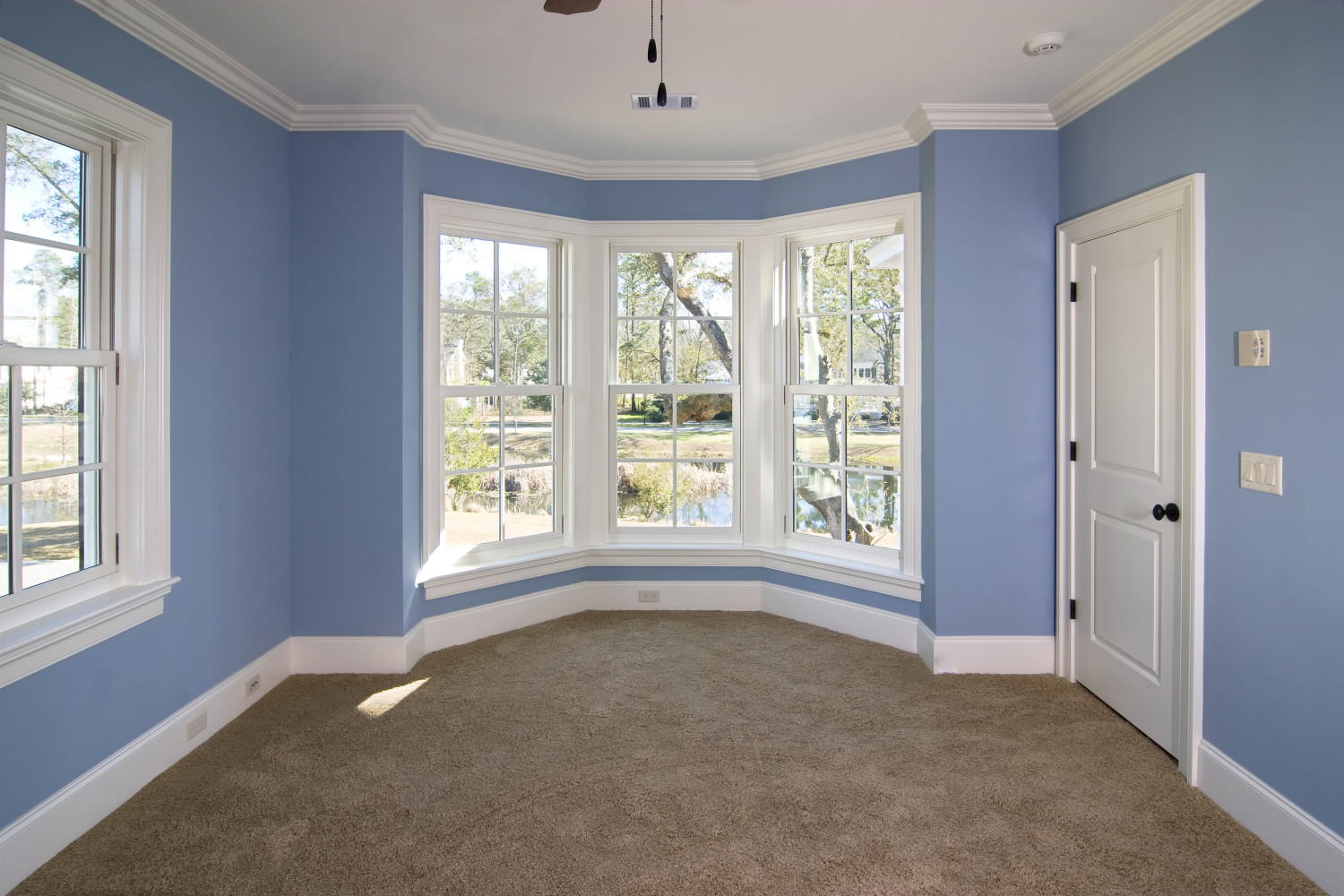Why You May Want To Paint Your Bedroom Blue… And Other Ways Color Can Change Our Mood

Whenever I am feeling anxious, my therapist says to close my eyes and think of one of my favorite colors (pink). At first, I was skeptical: What’s that going to do?
But, like she also said, imagining the color helped calm me down as I thought about only pink – clouds that were as pink and fluffy as cotton candy, and a bright pink sea beneath them… Soon, I noticed my anxiety-ridden mood lifting and felt much calmer.
There are many software programs and services that allow you to create color schemes and see what works best for you (and the rooms in your house), like Color Wheel Pro. And art therapists can help you discover what colors will most influence your moods—in positive and negative ways.
“In art therapy, color is often associated with a person’s emotions,” said ArtTherapyBlog.com in their, “Color Psychology: The Emotional Effects of Colors” post.
“Color may also influence a person’s mental or physical state. For example, studies have shown that some people looking at the color red resulted in an increased heart rate, which then led to additional adrenaline being pumped into the blood stream.”
ArtTherapyBlog.com also reinforced the idea that there are “warm” and “cool” colors. I think the sooner we know the difference, the better, and the more colorful (or not) our lives can become.
There are also commonly noted psychological effects of color as it relates to two main categories: warm and cool. Warm colors – such as red, yellow and orange – can spark a variety of emotions ranging from comfort and warmth to hostility and anger. Cool colors – such as green, blue and purple – often spark feelings of calmness as well as sadness.
Now, new research proves my therapist’s point, as well as those of other color experts. According to this Good Housekeeping article, certain colors do do more for our moods than others.
For example, is it a coincidence that a lot of workout clothes are orange to inspire you to get out there and get active? Or that you’ve been depressed lately and been wearing more black than usual? Or that light purple is often associated with spirituality—which you probably saw an abundance over Easter?
Does all this talk of colors have your head spinning in technicolor hues? Well, look no further than UK-based fabric designer Vanessa Arbuthnott, who broke it down in this cool, easy-to-understand infographic, so you can change the color of your surroundings accordingly.
Now back to the blue bedroom statement. In a survey of 2,000 people, researchers found that people with a blue bedroom got the most amount of quality sleep. This was explained due to the fact that the color blue can help calm people before bedtime. This also aligns with Arbuthnott’s infographic below.
Photo by Moyan_Brenn



